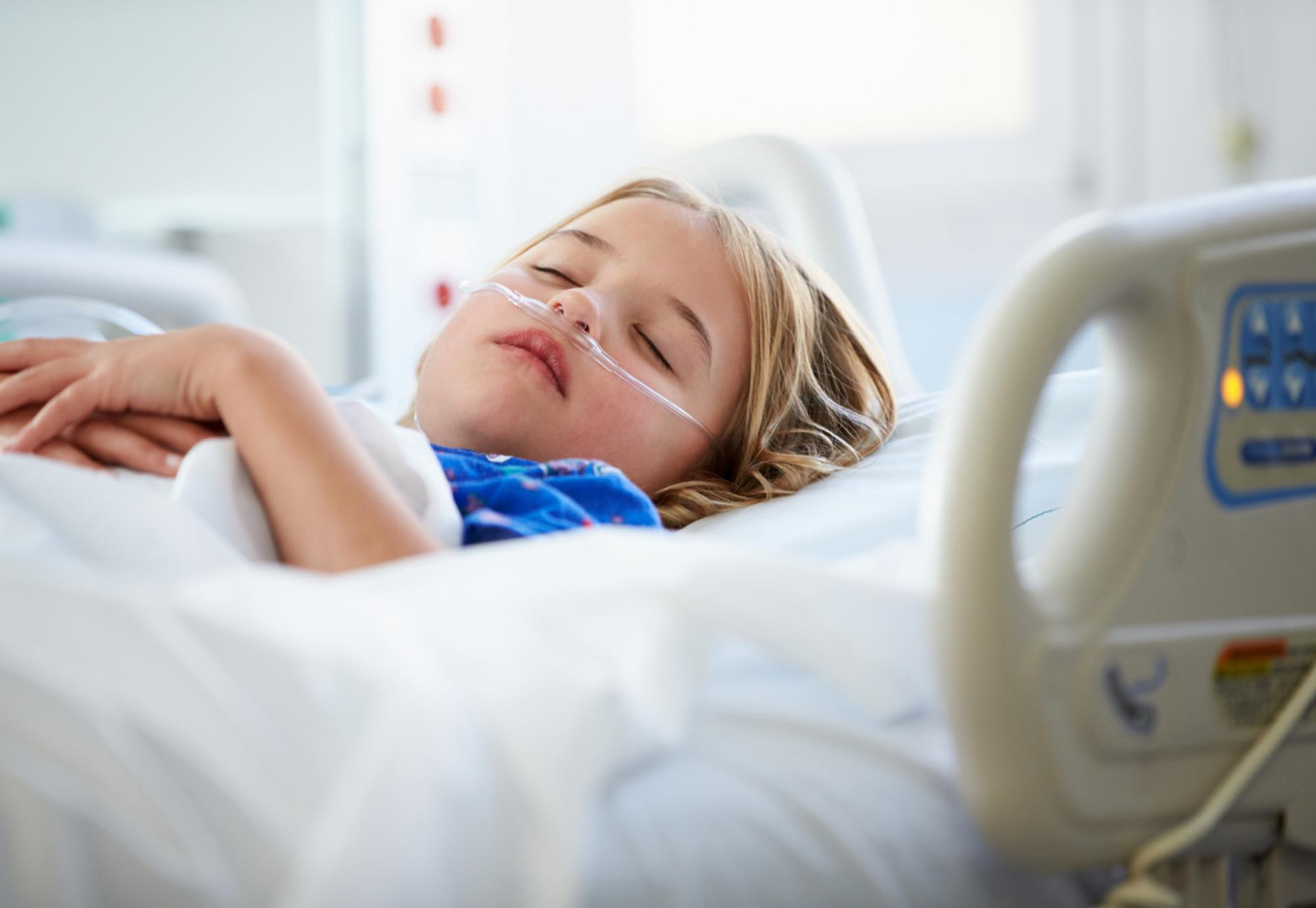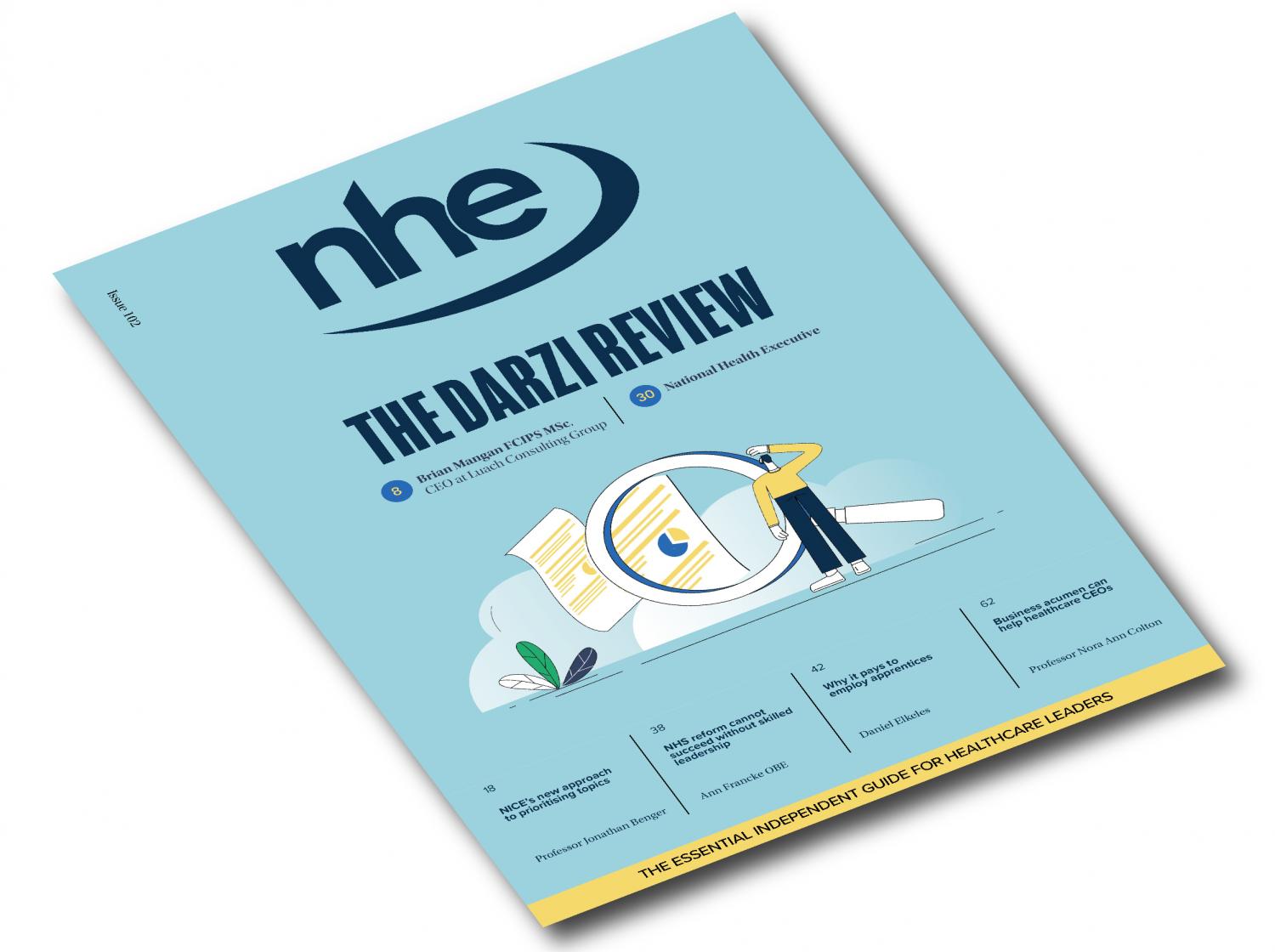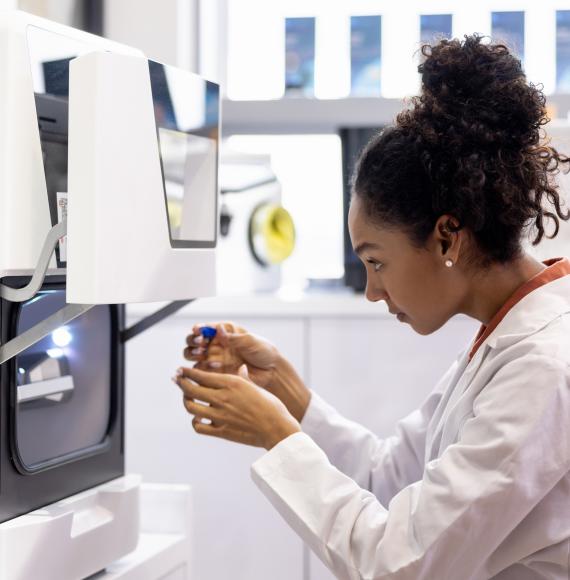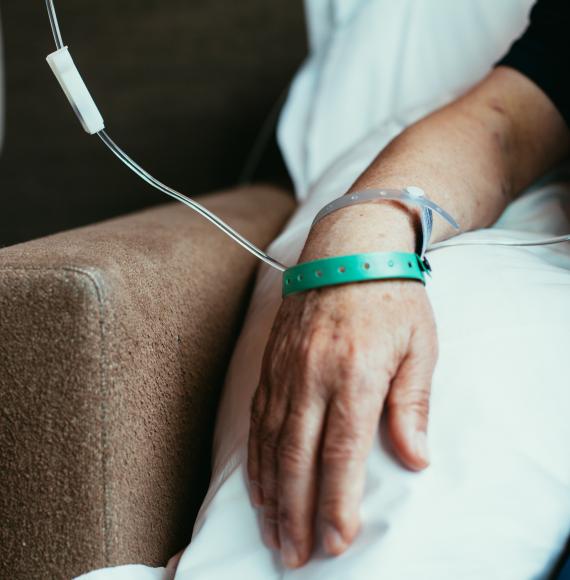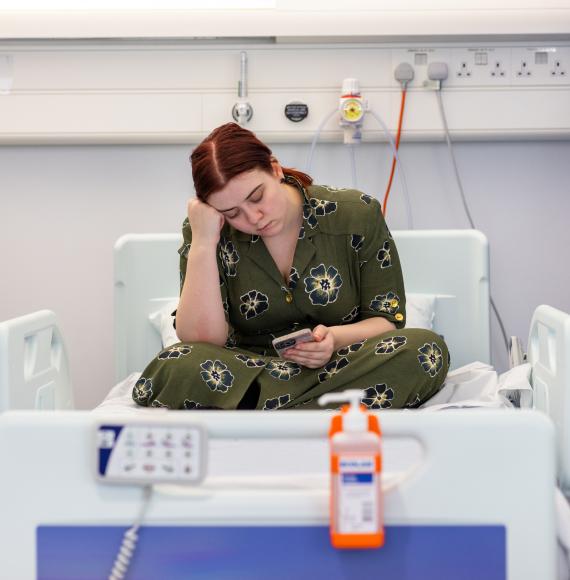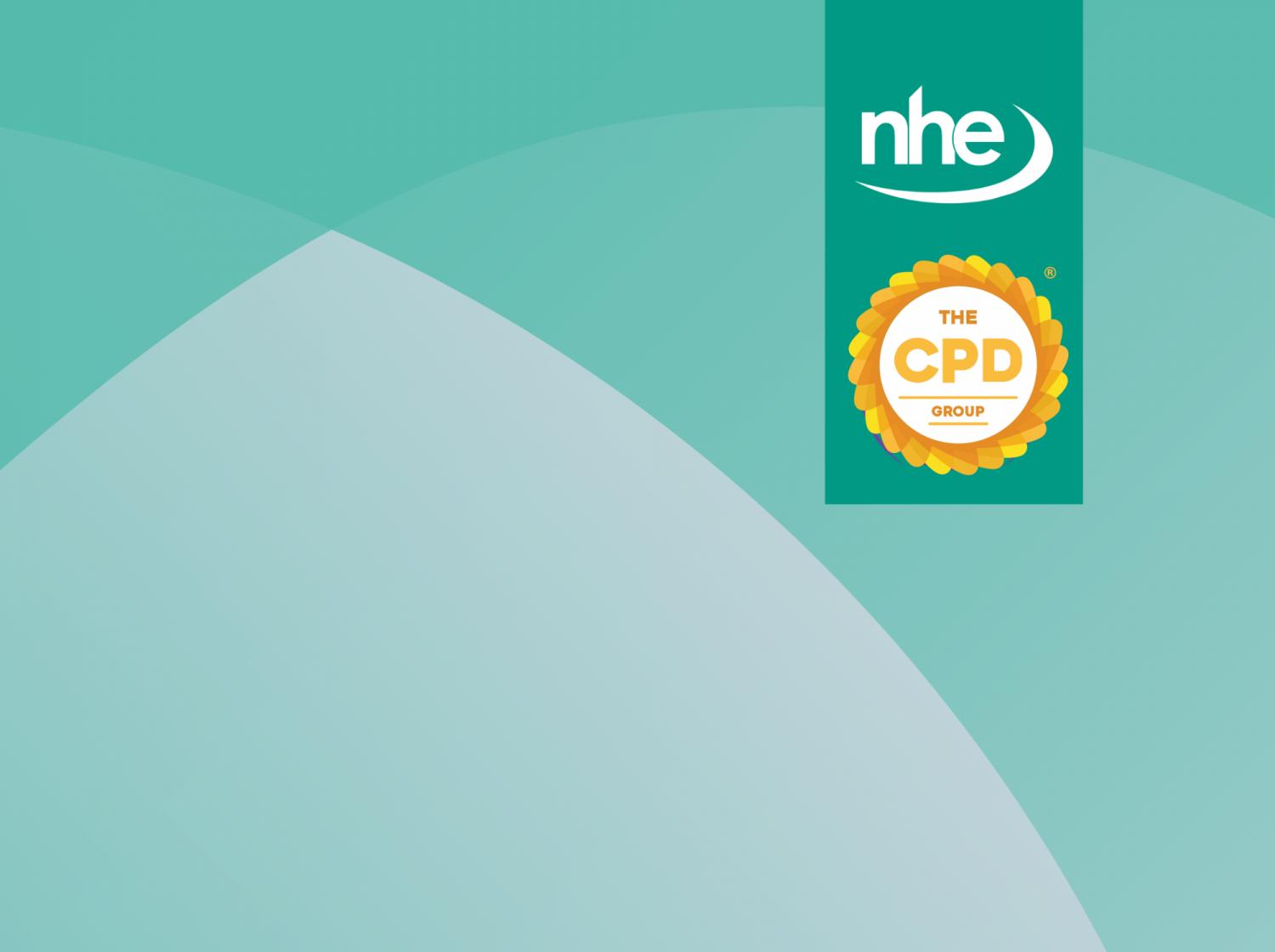New research funded by the National Institute for Health and Care Research has revealed that a different form of delivering oxygen to critically ill children is more effective than the current industry standard method.
The FIRST-ABC trial, published in the Journal of the American Medical Association, was led by experts at Imperial College London and sponsored by Great Ormond Street Hospital for Children.
The study compared High-Flow Nasal Cannula therapy (HFNC), which entails oxygen being delivered via tubes through the nose, and Continuous Positive Airwave Pressure (CPAP), where patients wear an oxygen mask. HFNC has become increasingly popular in paediatric intensive care units, as it is seen as more comfortable for children to tolerate.
However, the study revealed that, when the two methods were compared, HFNC wasn’t as effective as CPAP, indicating that children needed breathing support for much longer than when using CPAP.
Researchers recruited 600 children, ranging from newborn to age 15, in 22 paediatric intensive care units across the UK. Half of the children were randomised to move to HFNC following ventilation and the other half to CPAP.
The researchers set a maximum threshold of no more than 16 hours of additional time on breathing support with HFNC, given the extra comfort it provides. This limit was based on an earlier pilot study and focus groups with parents.
The trial showed that children on average spent 43 hours on breathing support with CPAP, and 51 with HFNC, eight hours longer. However, for some, the additional time was as much as 18 hours, breaching the trial’s upper limit.
The research also showed that of the 553 (HFNC, 281; CPAP, 272) children included in the primary analysis the mortality rate was significantly higher for HFNC with 5.6% than it was for CPAP with just 2.4%.
Dr Padmanabhan Ramnarayan, a Reader in Paediatric Critical Care who also works as a consultant in paediatric intensive care at Imperial College Healthcare NHS Trust, led the trial. He said: “We know that HFNC can’t deliver the same levels of breathing support as CPAP, but it’s been assumed that the reduced effectiveness is a price worth paying for the additional comfort it provides. Our results show that may not be the case.”
Only 10% of the children tested found CPAP so uncomfortable they needed to be moved to HFNC, with that figure being consistent throughout all the different age groups tested and circumstances for the child’s hospitalisation.
Dr Ramnarayan added: “Most paediatricians have tended to prefer HFNC, but these results are likely to make them more cautious. While the choice of breathing support is specific to each patient, my own preference now is to start with CPAP, and if children struggle to tolerate it, only then to use HFNC as the next option.”

